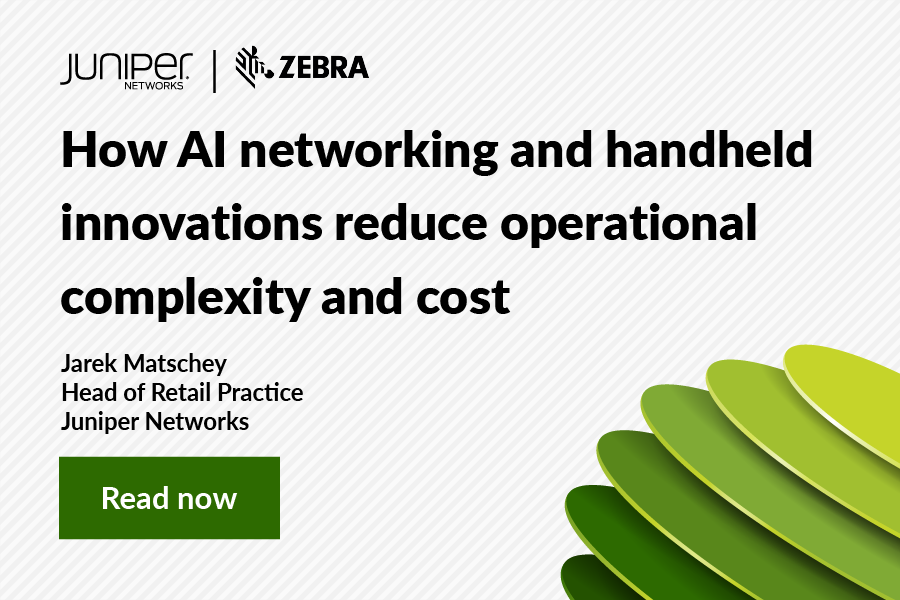Part One of this blog series looked at the necessity for organisations across higher education and healthcare to pivot and digitise operations in face of the pandemic. Here, we continue the conversation by focusing on retail and government.
Retail: The Customer (and the Network) is Always Right
Customer experience is now the new battlefield for retailers. Today’s consumers are surrounded by so much choice, have extremely high expectations of service and have no reservations in taking their business elsewhere if a brand dissatisfies them. This demand has been intensified by the ability of online shopping to deliver a personalised, real-time experience, and the challenge now lies in retailers being able to replicate this in physical stores.
With that, many retailers are now considering using contextual data with location services to provide a more personalised experience to their customers. For example, a personal greeting on a customer’s device when they enter the store can let them know where they can pick up their specific click-and-collect order. That said, how good this experience is depends on the network because it underpins all digital operations. From a network perspective, the ability to measure that performance is key to locking in a great customer experience. With this, retailers can define service level agreements (SLAs) and their desired application performance levels to ensure these are being fulfilled in real time, customer by customer. An AI-driven, cloud-based network enables control and predictability of retail applications and systems and acts as the foundation upon which retailers can innovate in this rapidly changing market.
Government: The Network Enabling Digital Transformation
COVID-19 enforced digital transformation in government when, without physical access, it was crucial that citizens could still access vital services securely and seamlessly. The issue lies much deeper than this, however – according to IDC figures, improving citizen experience is the top business priority for 62 percent of European government organisations.[1] They are now expected to utilise data to gain a broad picture of citizens’ behaviour and demand patterns to anticipate their needs and deliver a frictionless service. Many government agencies are already creating and delivering digital services via open platforms, microservices and methodologies. With government-led digital transformation programs, progressive organisations see technology to increase efficiency, bolster business continuity and adopt data-driven policymaking.
At the core of government IT infrastructure sits an intelligent, trusted and assured network. This next generation network has evolved beyond ensuring business continuity to become an enabler of outcomes. It’s central to driving innovation and differentiation within government.
These networks are needed to operationalise the data, ensuring it travels safely between the core to the cloud and the edge. It’s vital they deliver that in a reliable and resilient manner without compromising agility in order to meet governments’ long-term goal of making societies and economies more sustainable and inclusive, while driving prosperity.
A Parting Word
The ‘next normal’ will vary greatly across these four verticals, but one common factor is the burgeoning demand for experience-driven digitalisation and innovation in the face of changing socio-economic implications. The only way to meet this new demand is to utilise technology to pivot and innovate, and the network is the lynchpin. For resellers looking to support organisations across these verticals in their success in this next era of modernisation, the time is now.
Find out more about joining Juniper Networks’ partner community here.
[1] IDC InfoBite, sponsored by Juniper Networks, The IT Network Infrastructure Revolution in Government, doc #EUR147449921, March 2021


